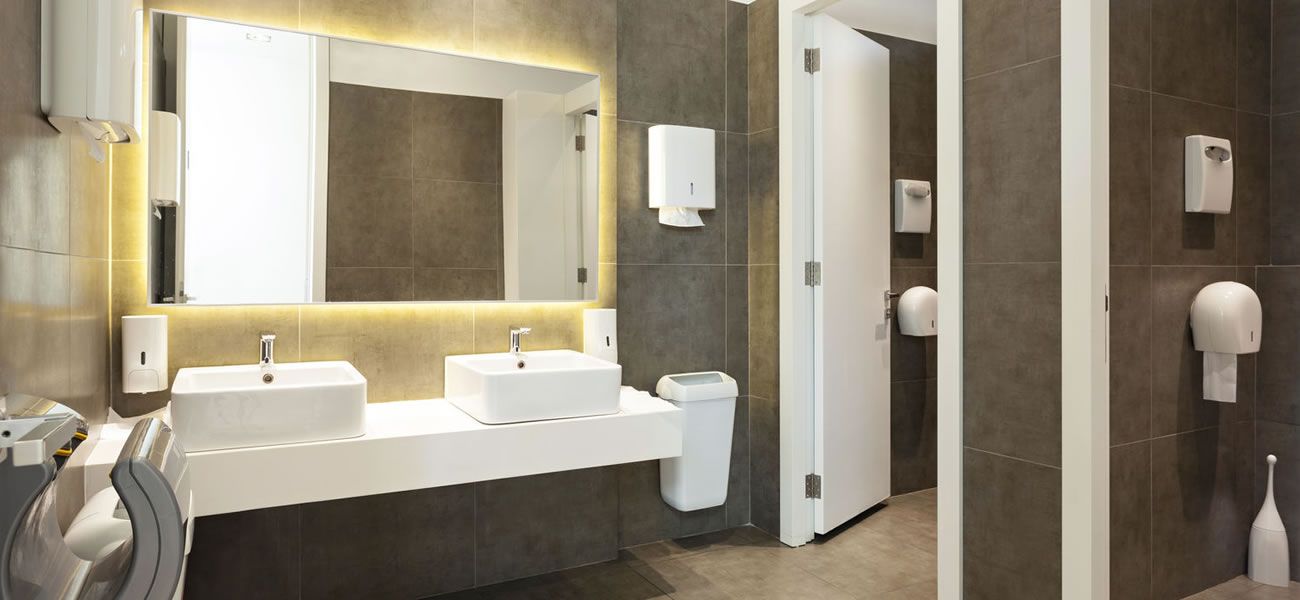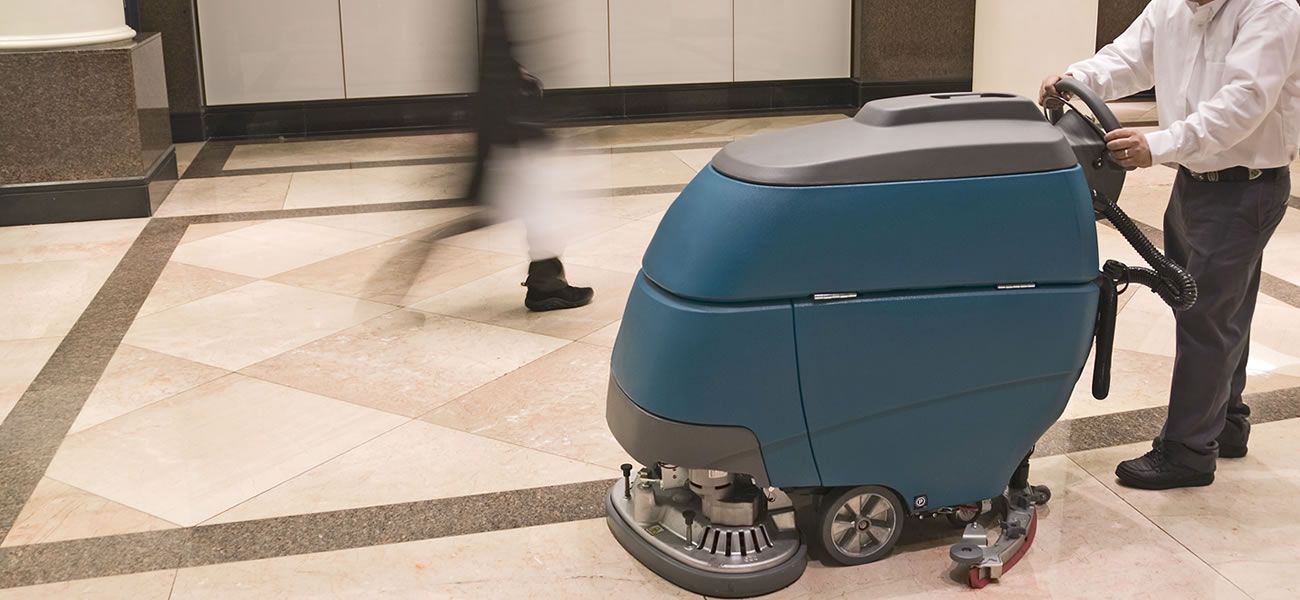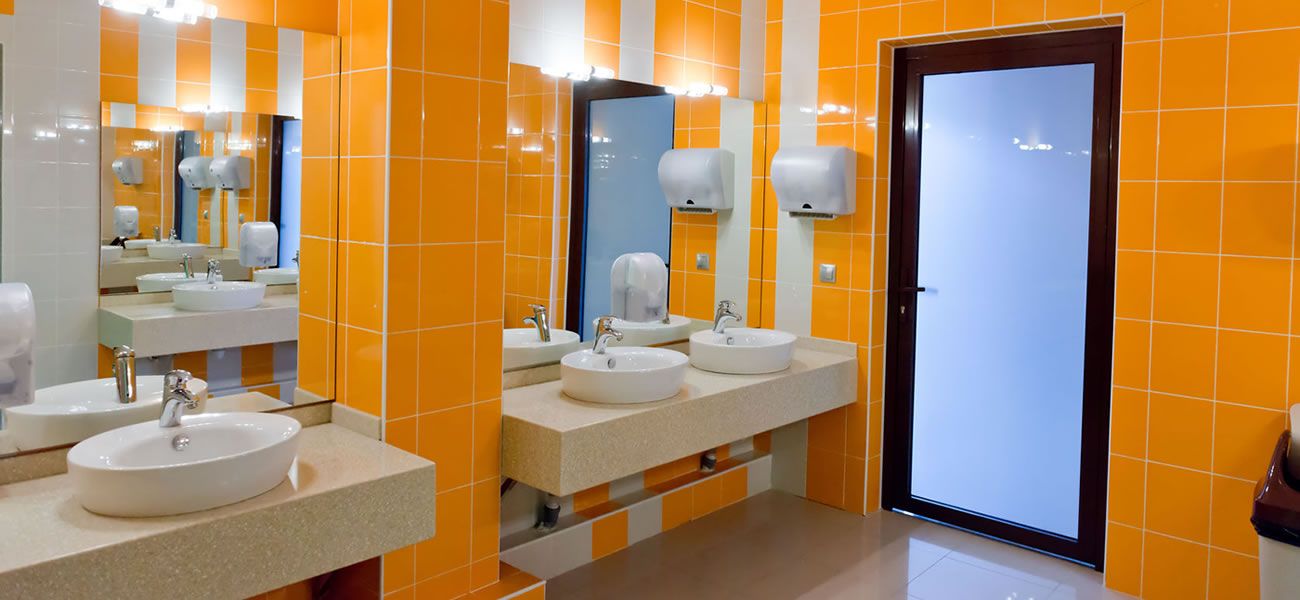A Proper First Impression is Essential in the World of Business
When you walk into any office, health care facility, or retail store, what is the first thing you notice? Are the floors scuffed and dirty or are they gleaming with a professional shine? The state of your flooring is an often overlooked area of the workplace, nonetheless it may have a large impact on the impression your customer and clients form of your organization.
The appearance of your facility makes a statement to most potential clients - allow Micro Shield to clean and care for your floors, thus ensuring yours is an impression of professionalism:
Carpet
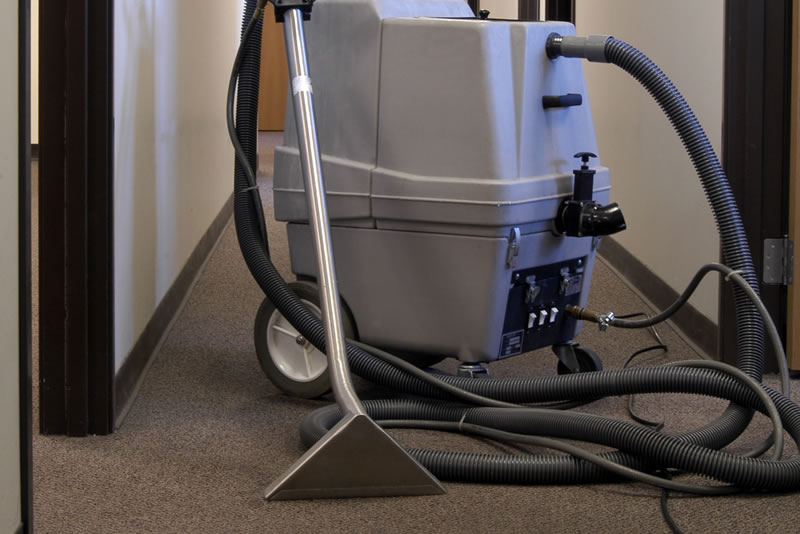
- Carpet manufacturers recommend carpet cleaning/shampooing be performed by a professional carpet cleaner every 12 to 18 months, but 42% of all carpet cleaning/shampooing is performed by consumers.
- Quick carpet re-soiling may be caused by excessive residue from improper cleaning/shampooing methods.
- Older carpet will re-soil more quickly than a newer carpet.
- The first cleaning/shampooing should be performed when the carpet starts to appear soiled. It’s better not to have damaging soil build-up.
- The use of efficient equipment and cleaning/shampooing agents will leave the least amount of residue.
- By implementing an effective carpet cleaning/shampooing program you will see results in the following:
- Cost-Savings - Research shows that implementing a carpet care program can double the life of the carpet.
- Environmental Cleanliness - An effective maintenance program can eliminate 95 to 99 percent of contaminants contained in carpet, thereby keeping the facility environmentally clean and healthy.
- Appearance - A clean carpet is a professional carpet. An ongoing carpet maintenance program can keep carpet looking its best and raise not only the appearance of the carpet but the perceived appearance level of the entire facility.
Hard Surface
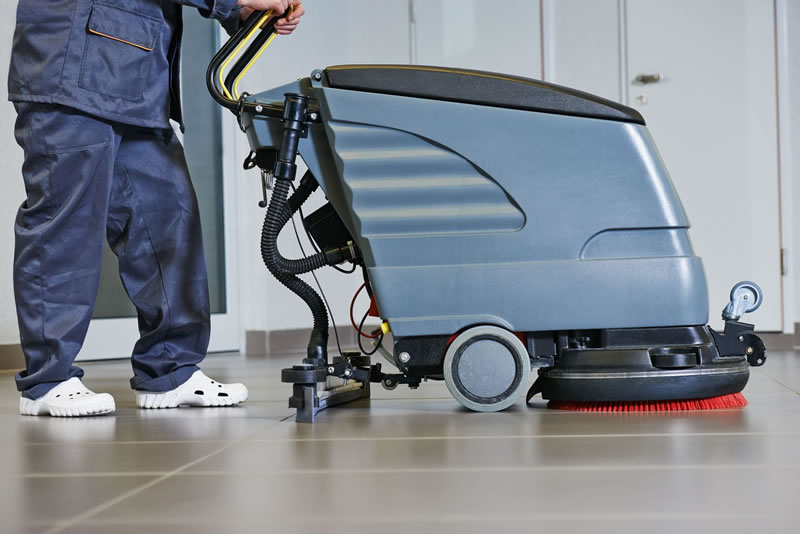
- Man-made and natural hard flooring presents some maintenance challenges not found in other forms of flooring. Concrete is probably the most commonly used hard floor surface with terrazzo being the most common in public buildings. Marble is being used less over the years, but natural stone, clay and ceramic tile are increasingly popular members of the hard floor surface family as well.
- Concrete Flooring: Untreated concrete flooring is not only unattractive in appearance and very drab, it is also a source for dust which permeates any equipment or products in the vicinity. If the floor has not been sealed, dirt, oil, and grease can easily penetrate and discolor the surface. Before applying any seal it is extremely important that the floor is cleaned, etched if needed, and dry. Choosing a sealer to be used for concrete will depend on your needs and the environment in the facility.
- Brick Flooring: Brick flooring usually consists of clay, either vitreous or semi-vitreous. Sand, lime, and concrete bricks can also be used for flooring. Normal maintenance should be carried out by sweeping, followed by washing with a solution of neutral floor cleaner. Sealing is not generally recommended for brick floors. If a sealer is desired for the grout, two coats of a water-based acrylic seal would perform well.
- Natural Stone Flooring (includes tile): The most common types of natural stone flooring are marble, slate, and limestone. Generally, it is not necessary to seal natural stone floors. In some circumstances a seal may be desired to protect the cement or grout and occasionally to add gloss to the surface. Many natural stone floors create a maintenance problem by their uneven surface. If the floor has heavy traffic and requires resurfacing on a stringent maintenance schedule, a water-based, acrylic type seal that is water-white in color while possessing non-yellowing characteristics should be selected. And don't forget the maintenance of the grout, especially on tile floors. Dirty grout will cost you customers.
- Stripping and Waxing Floors: Most hard surfaces can be waxed and will shine brilliantly once they are waxed properly. However, the waxed floors do need to be maintained. This maintenance often includes the stripping off of the old wax and applying new, fresh layers of wax.
Wood Floor
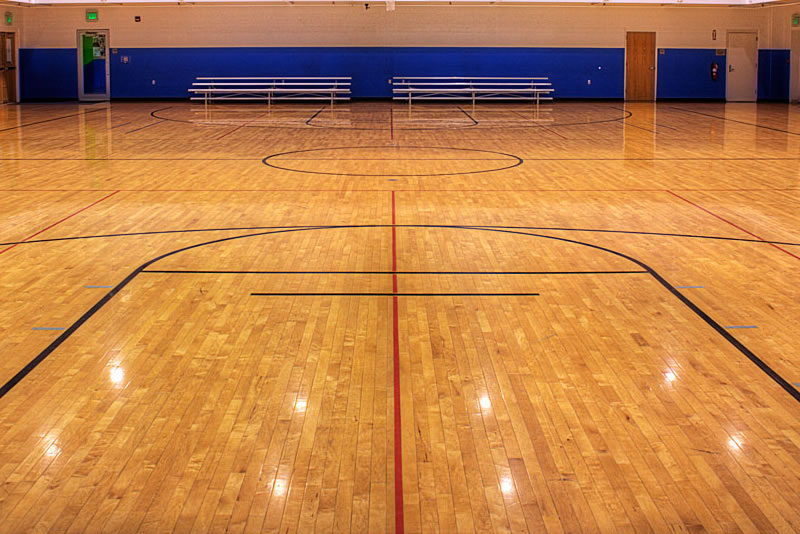
- A common mistake in caring for wood flooring is the use of abrasive or harsh chemicals to clean the floor. Just as you wouldn’t use bleach to wash your hands, don’t use unnecessarily harsh chemicals to wash your wood floors. While wood flooring is known for being highly resilient, consistent exposure to abrasive and caustic chemicals will cause damage over time that may be irreversible. Ensure to use products that are specially designed for use on wood floors to ensure yours stays in top shape.
- No matter how much you may pamper your flooring, any wood floor finish will show surface scratched and wear patterns over time. Once this wear and tear becomes visible or you notice the floors becoming dull in spots - it’s time to consider re-coating. While it may be tempting to put this off for as long as possible, re-coating the floors is often only a one day process and is considerably less expensive than sanding and refinishing to fix the damage if it is left too long.
- In order to keep your investment looking good as new it’s crucial to keep in mind the damage furniture legs and accessories such as bleachers and sports carts can cause. By adding protective pads to the legs of all furniture placed on the wood floor you minimize any scratching or dents caused by the weight of the furniture.
- When the weather gets wet you are inevitably going to have the occasional moisture to deal with. Whether from soppy sneakers in from recess or the precipitation tracked in from improper and soggy matting systems, some water will find your wood flooring. Don’t allow spills and precipitation to overstay their welcome as continued or prolonged exposure to moisture can permanently damage wood flooring.
